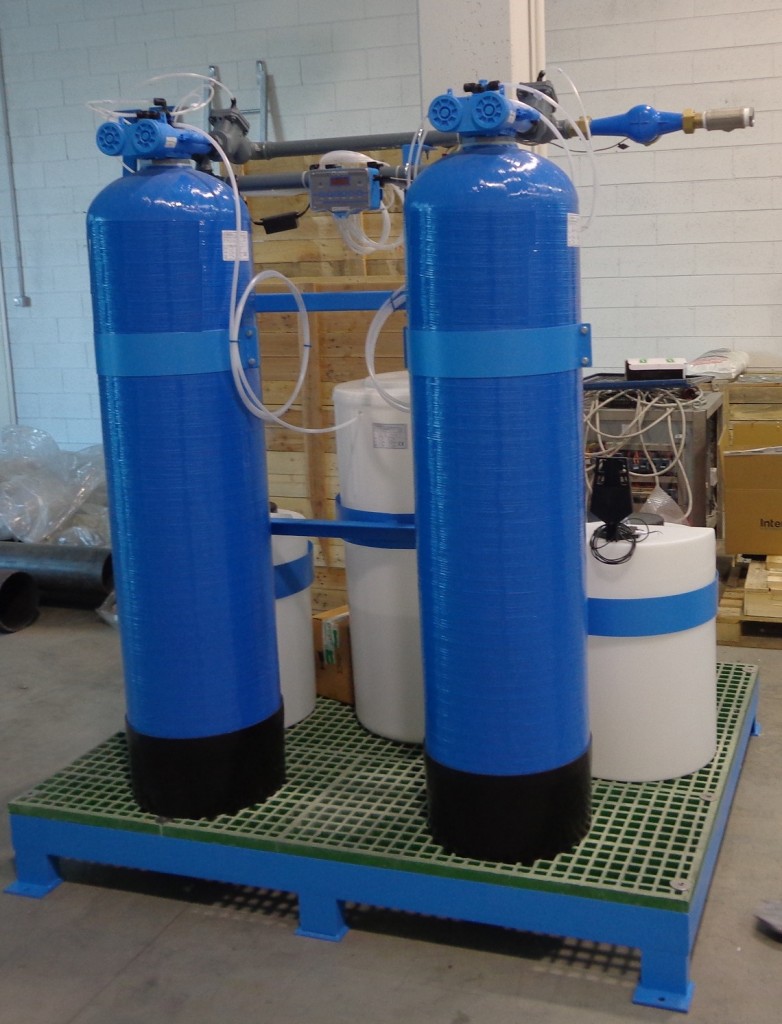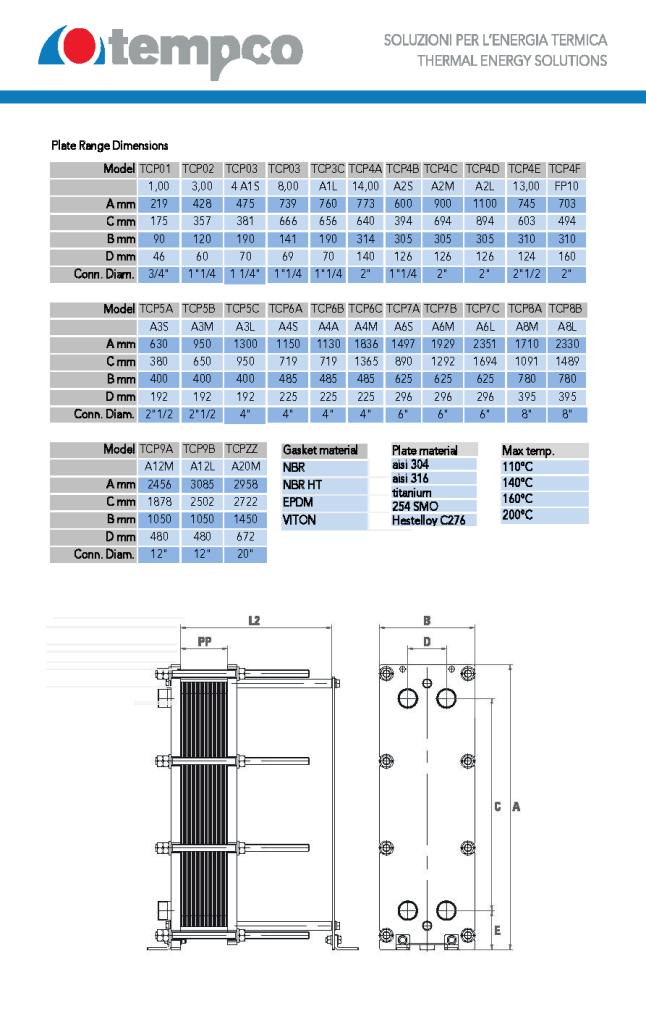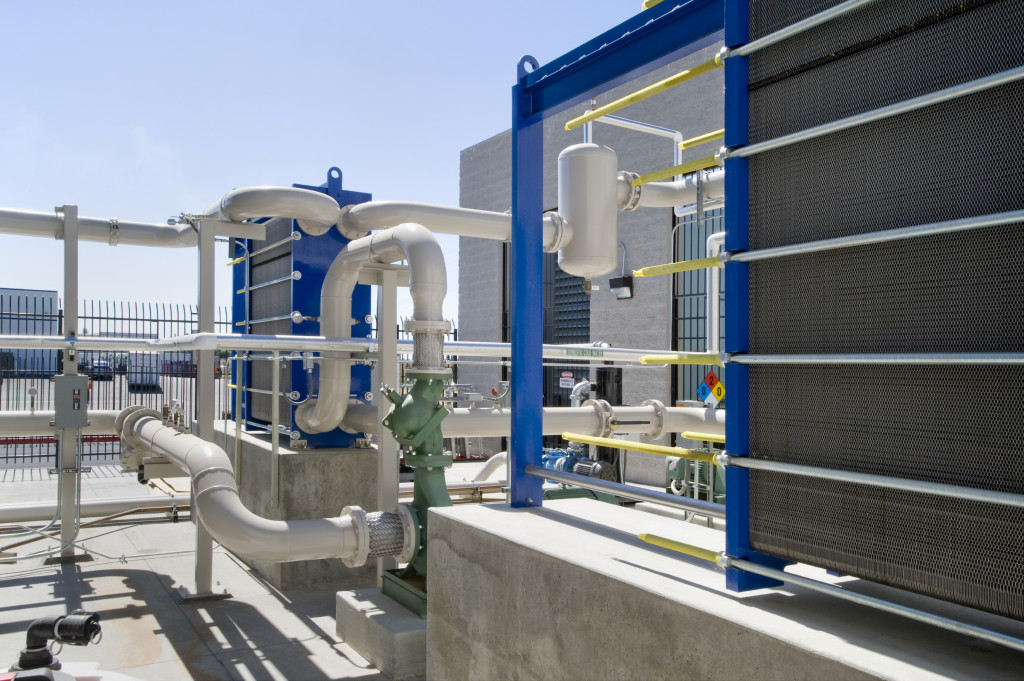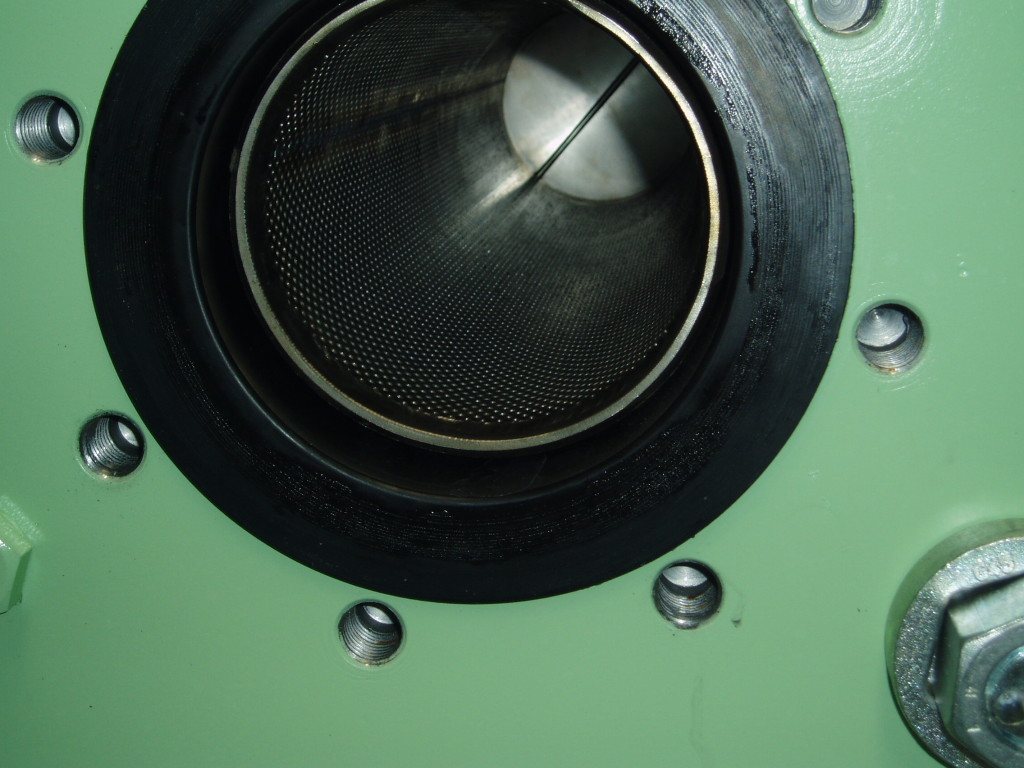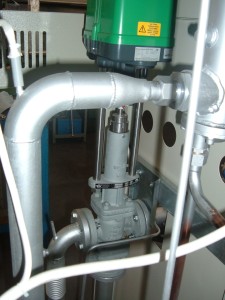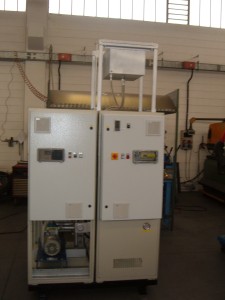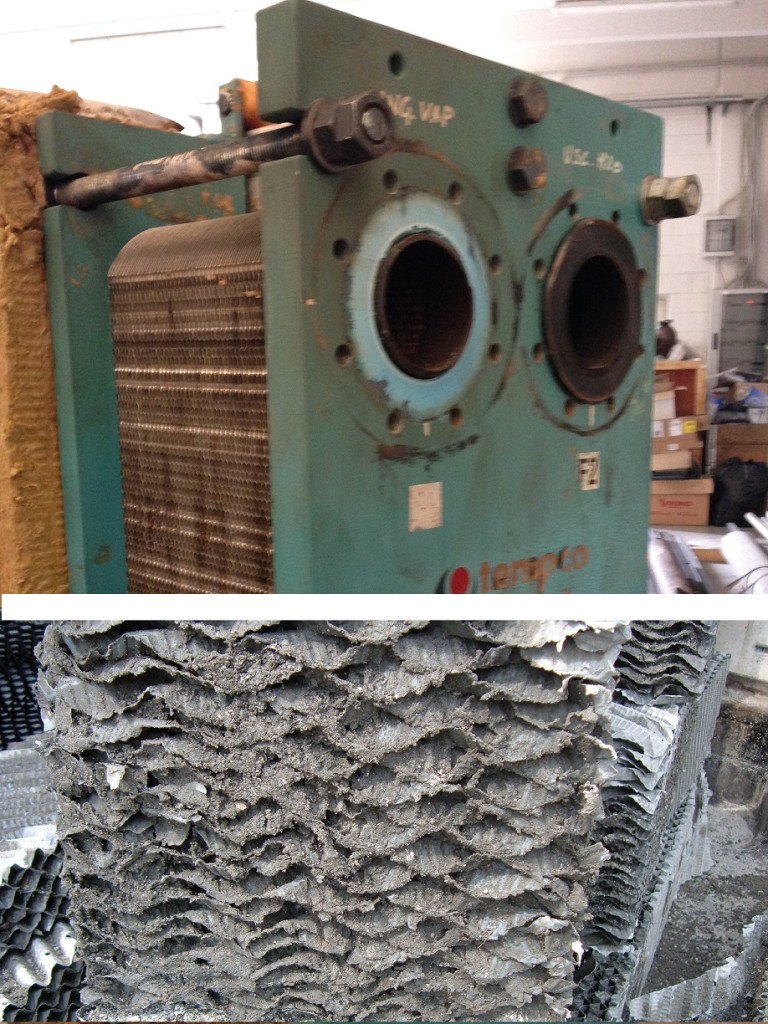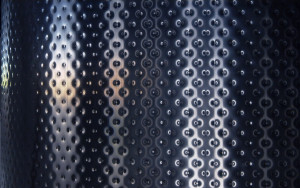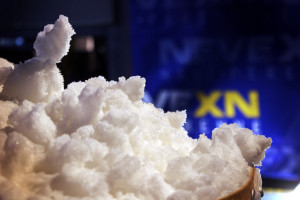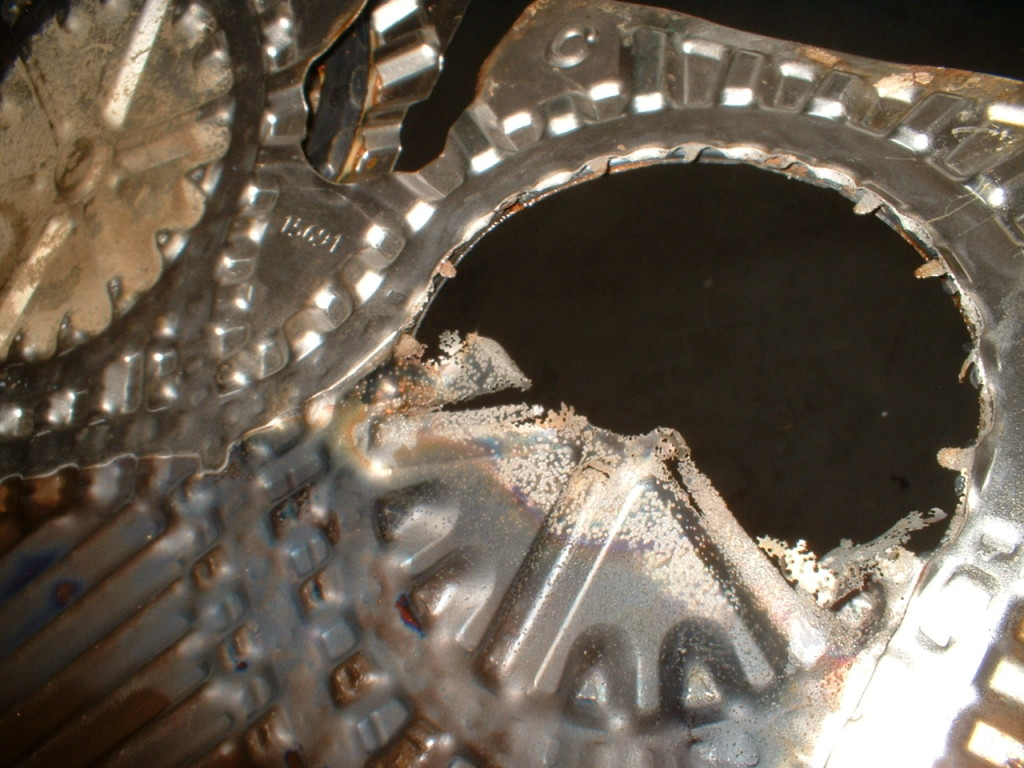A Cooling tower, while operating, involves a percentage of water evaporation. That’s also the reason why this kind of machine is also called evaporative cooler.
An evaporative cooler takes advantage by the cooling power of water loosing heat during phase transition from liquid to steam. Water to be cooled falls down through the body of the cooling tower coming in contact with the ambient air circulating from bottom to the top. Being air at a lower temperature than water, and dry with a low humidity level, evaporation happens, cooling water by stealing heat to achieve the physical process.
As evaporation concerns only the water, the consequence is an increase in the concentration of minerals, salts and carbonates in circulation.
The allowed level of concentration is 3, it means three times the initial concentration of a given component.
Exceeding this level, the deposition of suspended solids and salts can damage the components of the cooling tower, in particular inside the fill pack, crucial to achieve the thermal exchange.
The result will be:
- decrease in the cooling capacity of the tower
- weight increasing of the thermal exchange fill packs (which will clog increasingly and exponentially)
To avoid these implications there are two solutions:
- periodic replacement of the water recirculation system (not sustainable, out of control and imprecise method)
- water softening with addition of chemical treatment to the water
Taking care of the condition of the cooling water ensures a long and reliable function of the cooling tower.
Below is a table of typical values of the cooling water. Upon successful completion of the various individual parameters it is suggested to install an air conditioning system and water treatment.

